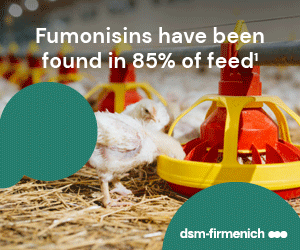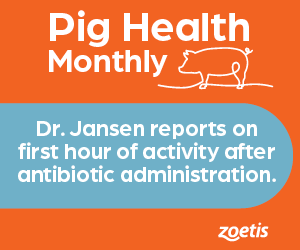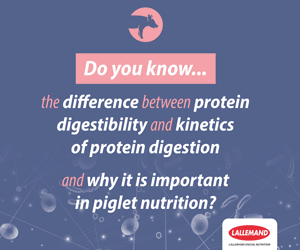



Study analyzes interactions between pigs and wild animals in pastures
University research team is working to implement control measures against animal tuberculosis in extensive production systemsIn the autumn months, coinciding with the optimal ripening of the acorn, the last phase of breeding of the Iberian pig begins, the "montanera", the period in which the animals graze freely in the pasture. This phase is essential to maximize the quality of Iberian acorn-fed products, but it also entails some risks. During the montanera, pigs interact directly or indirectly with other livestock species (cows, goats or sheep) and with different species of wild animals (wild boar or deer, among others), sharing space and natural resources, but also communicable diseases.
With the aim of helping in the implementation of control measures for these diseases, a research team from the University of Córdoba and the University of Castilla-La Mancha has analyzed the network of spatio-temporal interactions that occurs between the Iberian pig and other animal species during the montanera period.
"In extensive livestock farming environments, where wild and domestic animals take advantage of the same resources, it is essential to understand spatial use in order to determine the potential role of each species in the maintenance and transmission of common infections," explains the research team.
Specifically, the study focuses on the transmission of animal tuberculosis, a disease with great impact on the livestock sector and with implications for the management and conservation of wild species.
During the study, they monitored, using geolocation collars, the movements of six deer, six wild boars, eight Iberian pigs and three cows in five adjacent extensive livestock farms located in the province of Cáceres in Spain. They established two spatio-temporal contexts, the first of 30 meters and 10 minutes to analyze direct interactions in more depth and the second of 30 meters and 12 days, for indirect interactions. The variations in the frequency of interaction were modeled as a function of the time of day and week of the year and in relation to four environmental factors, all of them of great relevance for the transmission of animal tuberculosis in Mediterranean ecosystems: distance to water and feeding points, the distance to spaces with denser vegetation and the density of trees of the Quercus genus such as oak, holm oak and cork oak.
The resulting models showed that time of day and distance to water and food were the variables that most affected the frequency of interaction between the different species. A higher frequency of interactions was identified near water and feeding points. In addition, it was detected that interactions tended to occur during the central hours of the day, the time of most livestock activity, as well as at dusk, when wild ungulate species are most active.
Furthermore, the Iberian deer turned out to be the species that interacted the most with other animals, demonstrating that wild ungulates can play a fundamental role in the transmission of pathogens in extensive livestock farms.
"These results offer new information to design effective management measures to control the transmission of pathogens shared with wildlife, which is highly relevant for the livestock sector." explains the team.
This research is part of the research projects TB-PORCEX AA-17-0031-1, which is managed through the UCO Knowledge Transfer Office, and AGL2016-76358-R. The Animal Health and Zoonoses research group (GISAZ; AGR-149) of the University of Córdoba, led by Ignacio García Bocanegra, and the Health and Biotechnology group of the Hunting Resources Research Institute (SaBio-IREC) participate in it. from the University of Castilla-La Mancha. The objective of this project is to evaluate, characterize and monitor animal tuberculosis, as well as carry out biosafety protocols for the prevention and control of this disease in extensive pig farms.
Since the beginning of the project in 2017, previous studies have allowed us to estimate that 2.3% of pigs and 24.8% of extensive pig farms had been exposed to infection by bacteria of the Mycobacterium tuberculosis complex, which causes tuberculosis in animals. During this time, the team has also validated a new method for diagnosing the disease, detecting the presence of antibodies in pigs and wild boars.
Furthermore, the biosecurity level of 45 livestock farms located in Extremadura, Andalusia and Castilla-La Mancha has been characterized and specific biosecurity programs adapted to the particular characteristics of each of them have been designed. All of these programs are currently in the implementation phase and their effectiveness will be evaluated later.
"Although the implementation of the proposed measures is effective in reducing the risk of outbreaks of animal tuberculosis in the short term, as well as other infectious diseases, it is very important not to relax the application of the long-term programs," concludes the research team.
















